Facelift surgery is a modern aesthetic solution that delivers deep and noticeable facial rejuvenation. However, to achieve optimal results and minimize complications, it is important to understand the recovery process after a facelift. This article, Facelift Experience will provide a clear overview of each stage of recovery, from immediately after leaving the operating room to full stabilization.
What is a facelift?
A facelift is a cosmetic surgical procedure designed to improve signs of facial aging, helping you look younger and more radiant. This method is highly effective in addressing sagging skin, deep folds along the cheeks, and the lower jaw area-areas most affected by aging and the natural loss of skin elasticity.
During a facelift, the surgeon makes a fine incision hidden along the hairline or behind the ear. The facial skin is then gently treated and pulled backward. The underlying connective tissue and SMAS (superficial musculoaponeurotic system) are repositioned or lifted to restore a firm facial structure, rather than just treating the skin surface like older techniques. Any excess skin is carefully removed to ensure harmonious and natural aesthetic results.

A facelift does not alter natural facial expressions or overall facial shape; it focuses on restoring youthful contours and significantly reducing signs of aging. Thanks to advancements in modern techniques and the expertise of skilled surgeons, this method has become increasingly safe and delivers long-lasting results, typically lasting 7–15 years depending on individual physiology and postoperative care.
See more: What is a ponytail facelift?
The four stages of recovery after a facelift
After a facelift, recovery does not occur instantly but progresses through distinct stages, each with characteristic changes in sensation, appearance, and healing. Understanding these stages not only helps you prepare mentally but also supports proper care, optimizes aesthetic results, and minimizes risks. Let’s take a detailed look at the key stages of the recovery process.
Stage 1 (Post op fays 1 – 6)
Immediately after the facelift surgery, you will wake up with a lightly bandaged head to help reduce swelling and bruising. In some cases, a temporary drainage tube may be placed to remove residual fluids. During the first 24 hours, you may feel tired, slightly dizzy, and will need someone to assist you, especially when moving around.
The first day is usually when you need the most pain medication. However, it is important to take the prescribed dosage exactly as directed by your doctor. On the second day, you will have a follow-up appointment with your plastic surgeon to check the incision, change the bandages, and remove any drainage tubes.
From Day 2 to Day 4, swelling and bruising may not yet show signs of improvement, especially around the cheeks, jaw, and near the ears, which can be more pronounced. To reduce swelling, keep your head elevated while lying down, avoid sleeping on your side, and follow wound care instructions along with a gentle activity routine.
By Day 6, discomfort usually begins to subside, and many people may no longer need pain medication. At this stage, you can walk around the house and perform simple daily activities. However, if you notice asymmetrical swelling on one side of the face or a fever, contact your doctor immediately for timely evaluation.
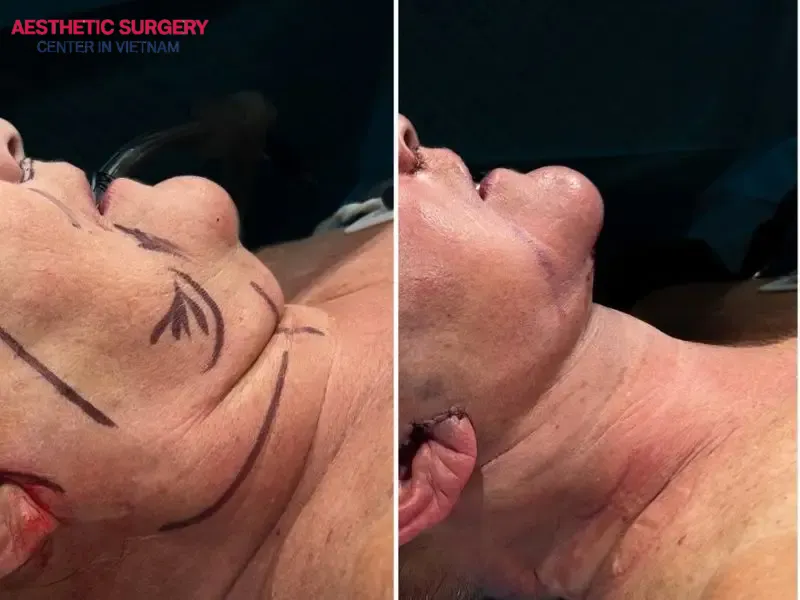
Stage 2 (post-op days 7-14)
In the second week after a facelift, most patients still experience swelling and bruising, although it is less than during the first week. Many also begin to notice unusual sensations such as numbness, tingling, or mild tightness under the skin. These are normal responses during the recovery process and are not cause for concern.
By the end of the second week, most patients start feeling healthier, more alert, and physically and mentally comfortable. This is also the time when many can return to office work or engage in light daily activities.
However, to ensure optimal aesthetic results, you should still avoid strenuous physical activities such as gym workouts, prolonged bending, lifting heavy objects, or running, as these movements can increase pressure on the surgical area, prolong recovery, or cause complications.

Stage 3 (post-op days 15-30)
Starting from the third week after a facelift, the recovery process enters a more stable phase. This is usually when the surgeon removes any sutures at the surgical site, although the timing may vary depending on the individual’s healing progress.
Although mild swelling or a slight tightness in the surgical area may still be present, by the fourth week you will begin to notice positive changes in your appearance, such as more defined facial contours, firmer skin, and stabilized tissue structure. Many patients at this stage feel more confident with their looks and can resume most of their normal daily activities.
However, you should still avoid high-intensity workouts or activities that could impact the face, as the underlying tissues are still in the process of complete healing.

Stage 4 (day 30 & beyond post-op)
About one month after a facelift, most post-surgery signs such as swelling, bruising, or tightness nearly disappear. You can resume normal daily life, participate in social activities, work, and even engage in light exercise. Your appearance looks more natural, boosting confidence in both work and life.
However, you should still be aware that some sensations, such as mild numbness, a feeling of skin tightness, or slight swelling, may persist for several months and are often noticeable only to you. These phenomena are not dangerous and will gradually resolve within 6 to 12 months, depending on your individual physiology and postoperative care.
To achieve long-lasting optimal results, you should continue proper skincare, protect your skin from sun exposure, maintain a healthy lifestyle, and follow your surgeon’s instructions.

Keep in mind that recovery rates vary from person to person, so it’s important to be patient, observe your healing progress, and maintain regular communication with your specialist.
How to speed up your facelift recovery?
After a facelift, proper care plays a crucial role in shortening recovery time and achieving optimal aesthetic results. Below are the key principles recommended by plastic surgery specialists to help accelerate your recovery after a facelift:
- Strictly Follow Your Doctor’s Instructions: Every facelift procedure is unique, so adhering to the specific guidance provided by your surgeon is the most important factor. Do not self-administer medications, topical creams, or alter your wound care routine without your doctor’s approval.
- Proper Management of Swelling and Bruising: During the first 48 hours after surgery, you should apply gentle cold compresses and keep your head elevated at all times, even while sleeping, to help reduce fluid accumulation and control early postoperative swelling.
- Healthy, Nutritious Diet: Consume foods such as green vegetables, fruits, whole grains, and lean proteins to provide essential vitamins and minerals for tissue regeneration. Additionally, drink at least 2 liters of water daily to reduce inflammation and accelerate recovery.
- Avoid Smoking and Alcohol: Nicotine and alcohol both impair blood circulation, slowing wound healing. Alcohol can also increase bleeding and cause dehydration, negatively affecting surgical outcomes. Therefore, it is essential to completely avoid these substances during the recovery period.
- Adequate Rest and Light Activity: Getting at least 7 hours of sleep each night, combined with gentle movement around the house, helps promote blood circulation and reduces the risk of fluid accumulation. Completely avoid strenuous physical activities during the first few weeks.
- Proper Wound Care: Always keep the surgical area clean, dry, and protected from sun exposure. You may use supportive products to optimize the healing and minimize scarring. Additionally, avoid touching or applying pressure to the recovering skin.
- Attend Follow-Up Appointments on Schedule: Timely follow-up visits allow your doctor to monitor your recovery progress, promptly address any unusual signs, and adjust your care plan as needed.

A facelift is a significant step in the journey of preserving youthfulness and achieving a comprehensive improvement in appearance. However, to attain optimal aesthetic results, it is essential to understand each stage of recovery after a facelift, from the first day to complete healing. This knowledge helps you take proactive care, prevent complications, and maintain long-lasting surgical results. If you are looking for a reputable facelift provider in Vietnam, Aesthetics Surgery Vietnam should be your top choice. The clinic features a team of highly qualified surgeons, advanced technology, and a postoperative care process that meets medical standards. Contact us now via hotline: 0911 582 499 for detailed consultation.








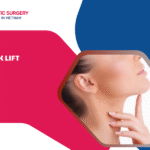


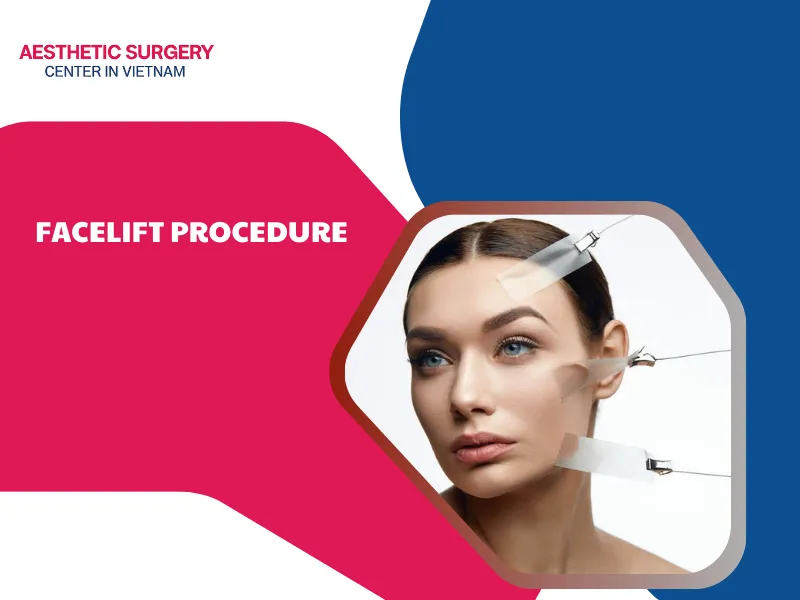
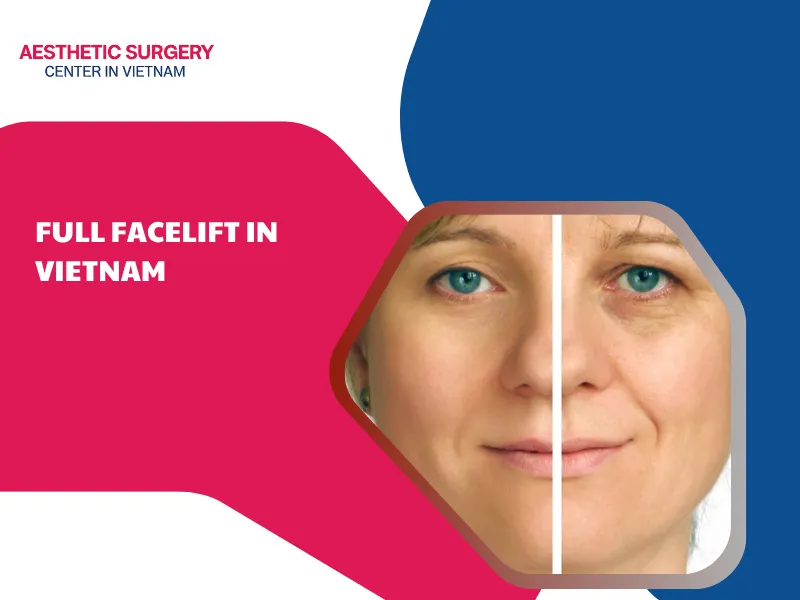
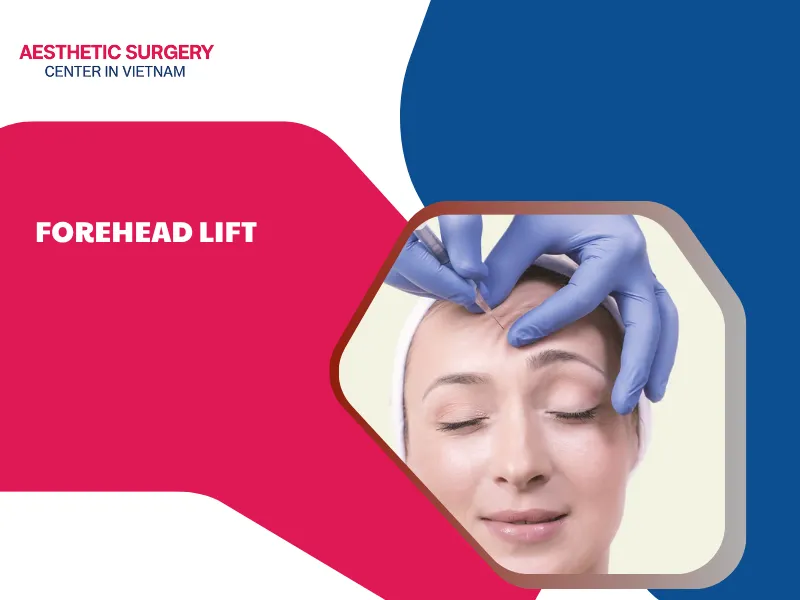
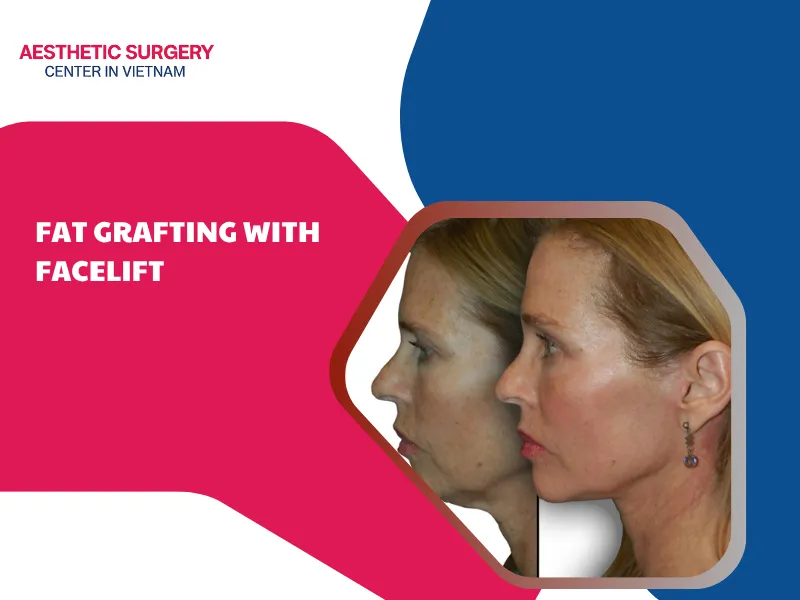
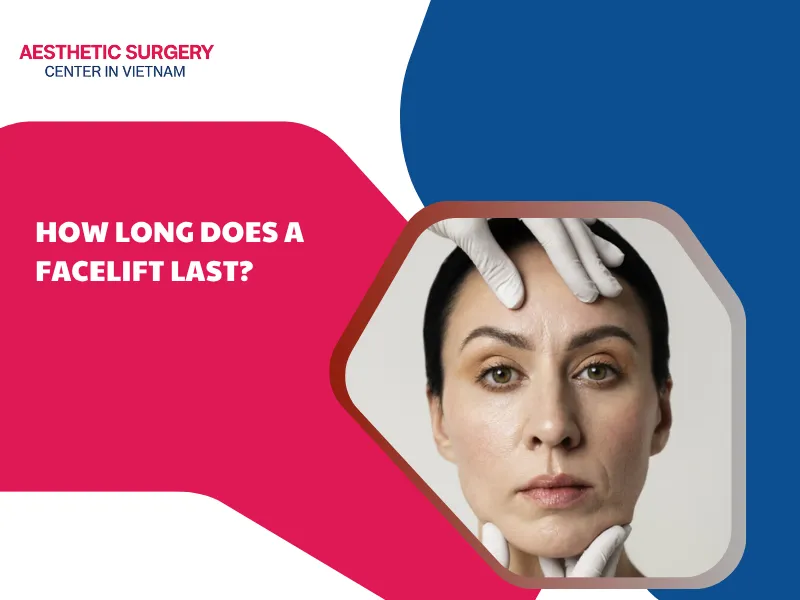




Comment on the post